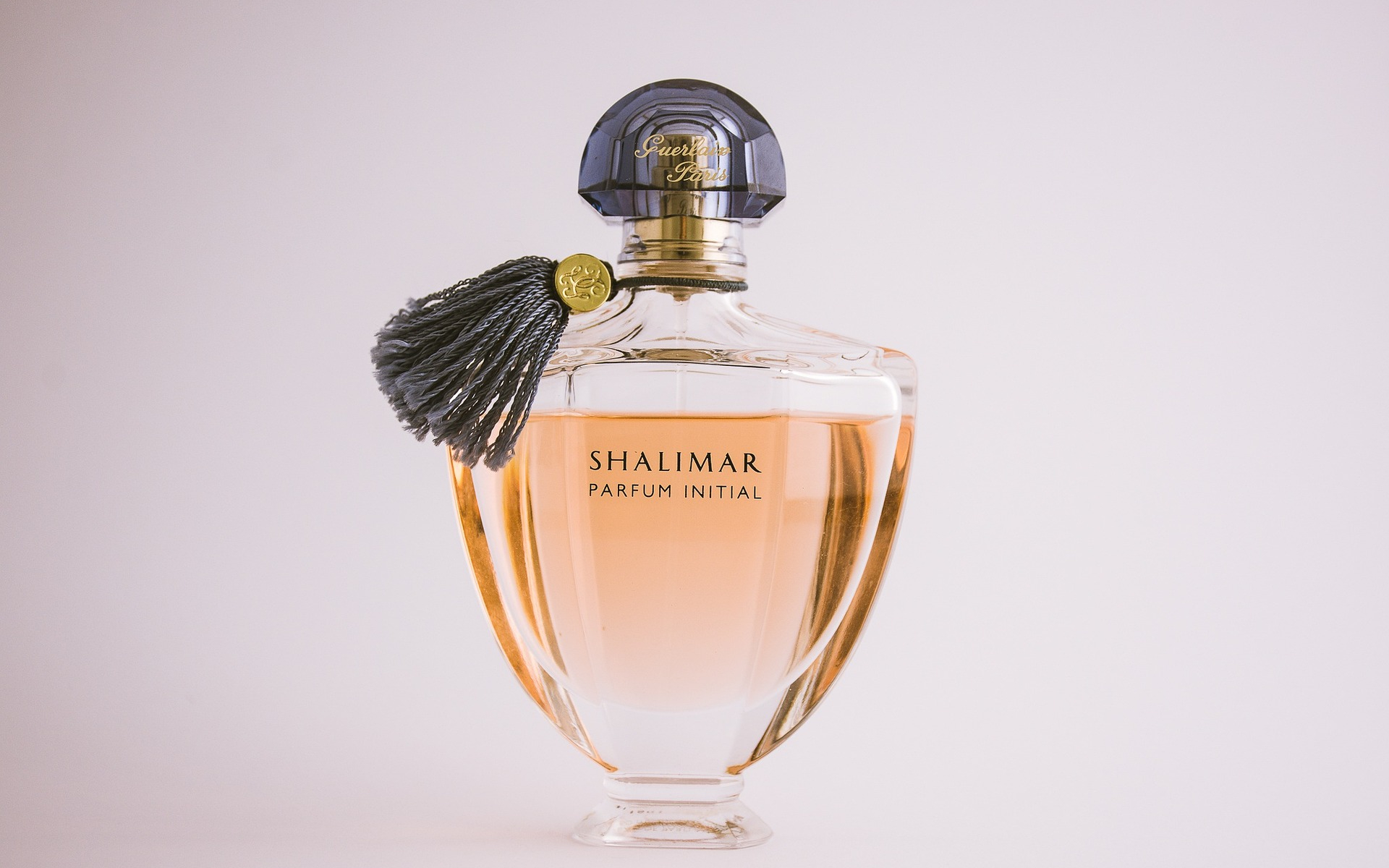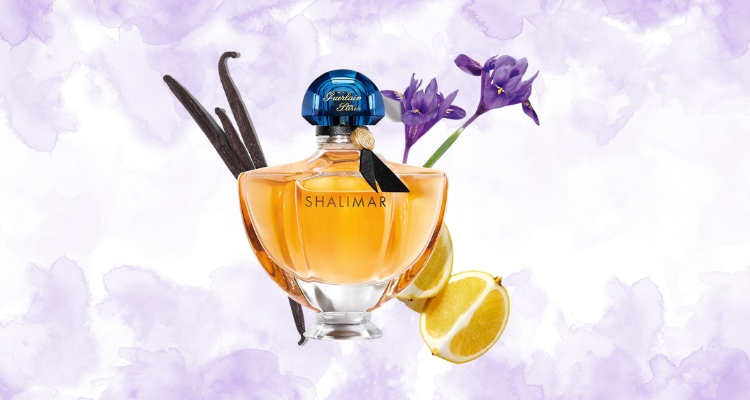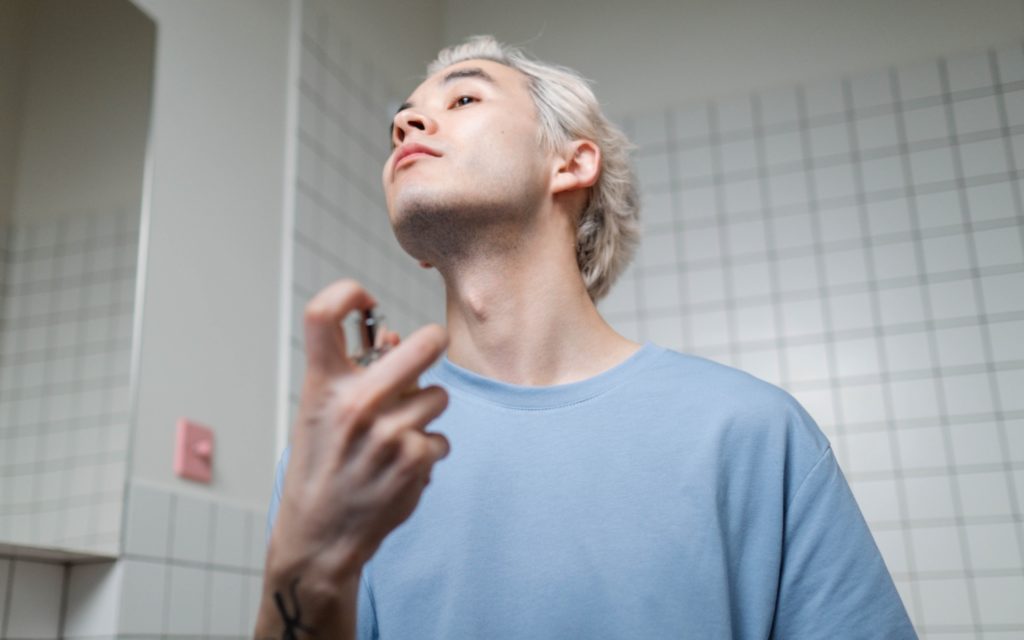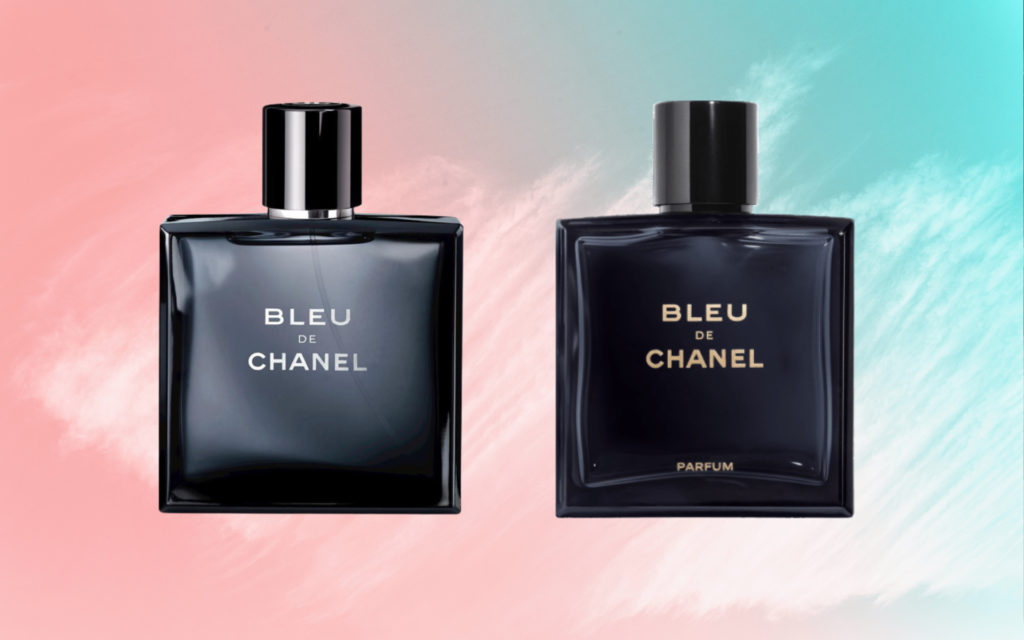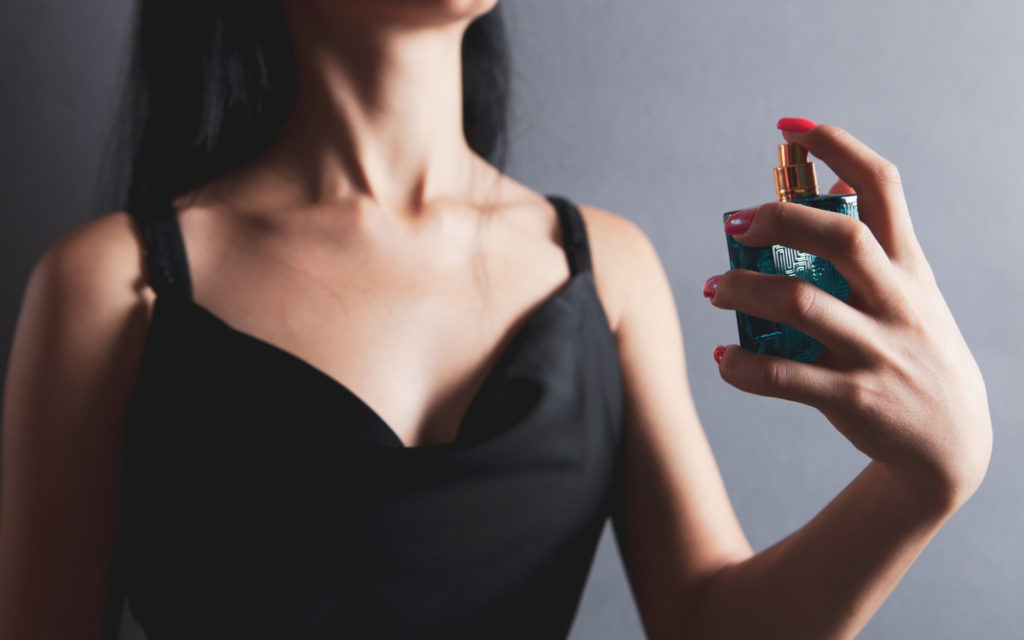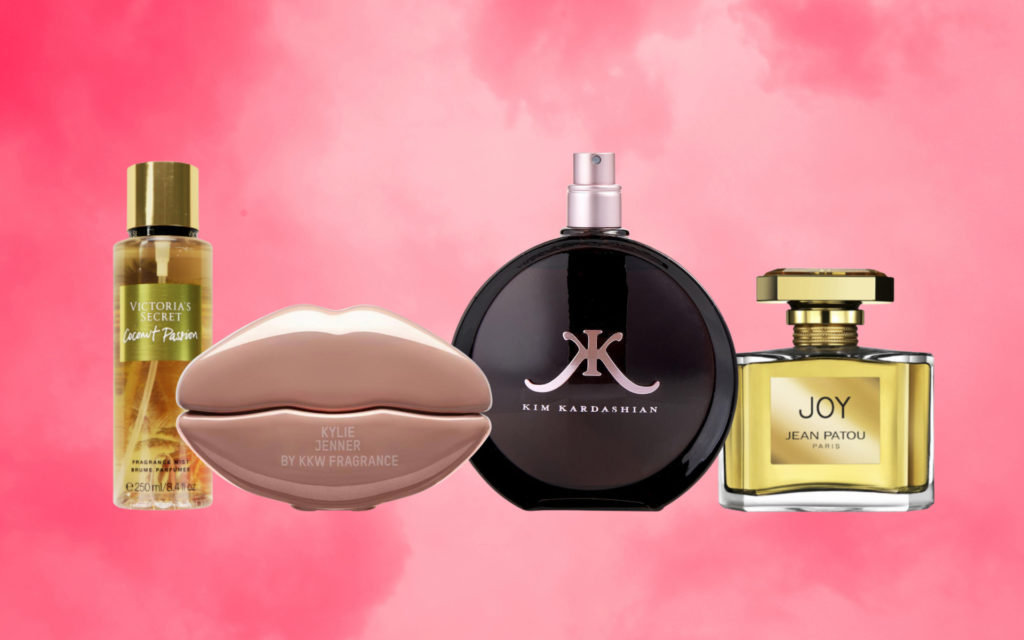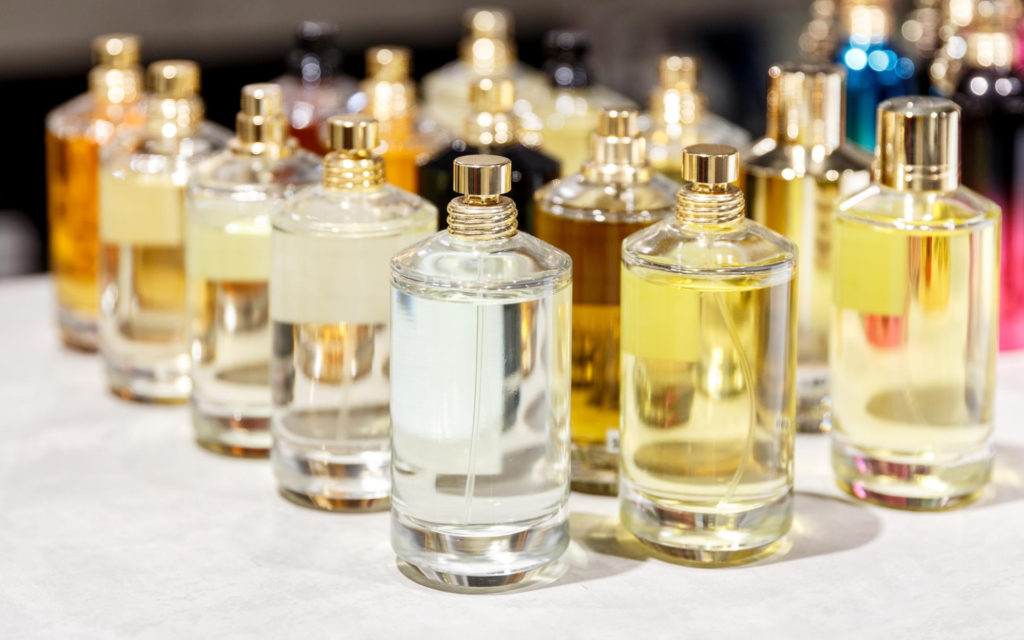Few things in the world can inspire songs and be as relevant today as they were when they were first created over a century ago—Shalimar is one of them.
This iconic fragrance, the great-grandmother of several gorgeous scents of today, has been a staple in many caboodles across the world since its inception, but is its exquisiteness best left to a certain section of society? Can men sport this perfume as women gracefully did and still do?
Who wears Shalimar perfume? Here’s what you need to know.
Who Wears Shalimar Perfume?
Shalimar is typically deemed to be a scent for young women due to its sophisticated fragrance and history (which we delve into a little bit).
However, we believe that Shalimar can be worn by people of any age, gender, etc., as long as they like wearing the scent—or not, too, since there’s no law (except for the irrelevant ones set forth by the so-called “fashion police”) that bans anyone from wearing Shalimar!
What Makes Shalimar a Great Choice for Women
Shalimar is a passionate creation, one that seemingly bestows women with elegance, beauty, and an air of magnetism.
The fragrance also apparently embodied the air of madness and freedom that the women of Paris exuded at that time—a time that celebrated Charleston and jazz while simultaneously ruing prohibition! Using the fragrance led to the belief that Shalimar would exemplify the freedom and femininity of women.
The perfume was also incredibly popular with flappers, those wonderful flouters of convention, in the 1920s, which also earned it a thrilling “bad girl” rep!
It is also supposed to invoke feelings of love, passion, and the headiness of a newfound romance, seemingly making men’s heads turn and take notice of the gorgeous woman wearing it. Its uniqueness and quality also make the wearer feel special while instilling jealousy and shock (and secret yearning) in other women!
The perfume is also designed to leave behind the same floral notes on the first and last spray, contributing to its timeless appeal.
Many other myths surround Shalimar, such as the perfume playing a predominant role in the United States’ success between wars.
Lastly, (while we may not agree with this!) fully understanding the complex, unique notes of a Shalimar can be quite a Herculean task, just as many people believe is the case with women.
What’s All the Hype, Anyway?
If you’re a fan of perfumes, you know that Shalimar isn’t just any perfume—it isn’t a perfume that merely elicits an appreciative nod; it’s a legend that elicits a full-fledged swoon!
Some of the greatest women in history, from Rita Heyworth to Louise Brooks, have sported this bold-yet-coy scent, enveloped by its rich texture, color, and contrast (and enveloping several others that this sensual, daring, and erotic scent drew to their embrace!).
What’s the big deal, you may ask?
We’ll tell you.
What Inspired Shalimar
Shalimar’s creator is the highly renowned Jacques Guerlain. This prolific perfumer was inspired by the beautiful love that Mughal emperor Shah Jahan and his young wife, Mumtaz, shared, as well as the gorgeous setting of this passionate love story—the Shalimar gardens, the “temple of love”, said to be the empress’s favorite spot for a stroll.
Mumtaz’s untimely demise shattered Shah Jahan, who then built the Taj Mahal—a marble mausoleum, a nonpareil when it comes to both, symbols of love and iconic architecture.
This tale of undying love, which spanned the Taj Mahal and the gorgeous Shalimar, and Mumtaz herself—the epitome of gracefulness, compassion, and beauty—are what inspired Guerlain to create Shalimar in 1925.
The perfume was meant to serve as a reminder of the intense, passionate love that had the good folks of the West clutching their hearts and sighing tenderly.
The Scent of Shalimar
Shalimar was created by adding ethylvanillin to Jicky (another Guerlain creation). This combination created the flagship scent that made Guerlain a household name. Delicate and exquisite, the fragrance is a perfect example of several beautiful elements coming together to create a marvel.
Ethylvanillin was combined with vanilla tincture, with oriental notes (tonka bean, patchouli, iris, etc.) and citrus notes being emphasized and aromatic notes (floral, mint, etc.) removed.
As a result, Guerlain had on his hands a bewitching, timeless, well-balanced fragrance, with a velvety-smooth, slightly buttery texture, that appealed to women of all ages.
A fragrance where strong citrus notes, most noticeably bergamot, seamlessly blend into iris (a Guerlain specialty), rose, tonka bean, balsamic, and jasmine, with just a slight hint of sensual leather in the background—all of which work together to hero the perfume’s gorgeous vanilla notes.
The latest version of the perfume still heroes vanilla, but instead of its traditional leather notes, sees caramel, bergamot, patchouli, and warm fruit added to the mix, with a lovely pink hue, to appeal to younger wearers.
The Shalimar Bottle
Not only is the heartwarming fragrance, with its perfect combination of the East’s rich ingredients and classic French perfumery staples, a work of art—so is its bottle!
The classic flacon, with its curved lines, was designed by another member of the Guerlain family, Raymond Guerlain, and inspired by Mongolian stupa art and the basins that adorn gardens in the east.
The fan-shaped sapphire-colored bottle stopper took inspiration from an heirloom piece of silverware that the family owned (some also believe that it is a nod to the gushing blue waters that flow out of the aforementioned basins, while others believe that it represents the inky blue night skies of India).
It was manufactured by Baccarat, a French luxury fine crystal manufacturer.
As the first colored cap on a perfume bottle and the first footed bottle in the perfume world, the Shalimar bottle created quite a revolution; the fact that it won the Decorative Arts Exhibition Award in 1925 is further proof of its excellence!
A Long-Lasting Scent
Shalimar makes use of benzoin, a balsamic resin that is found in many tree trunks. This resin slows down the dispersion of fragrances and natural oils into the air, increasing the perfume’s sillage.
The Bottom Line
Though Shalimar was meant for the young women of the 1900s, many people today shame young wearers of the perfume, going so far as to say it’s the “essence of old age”.
Well, trolls exist everywhere and are best ignored—so you do you! Regardless of your gender or age, flaunt that Shalimar confidently if it’s a scent you love—you don’t need any more validation.
